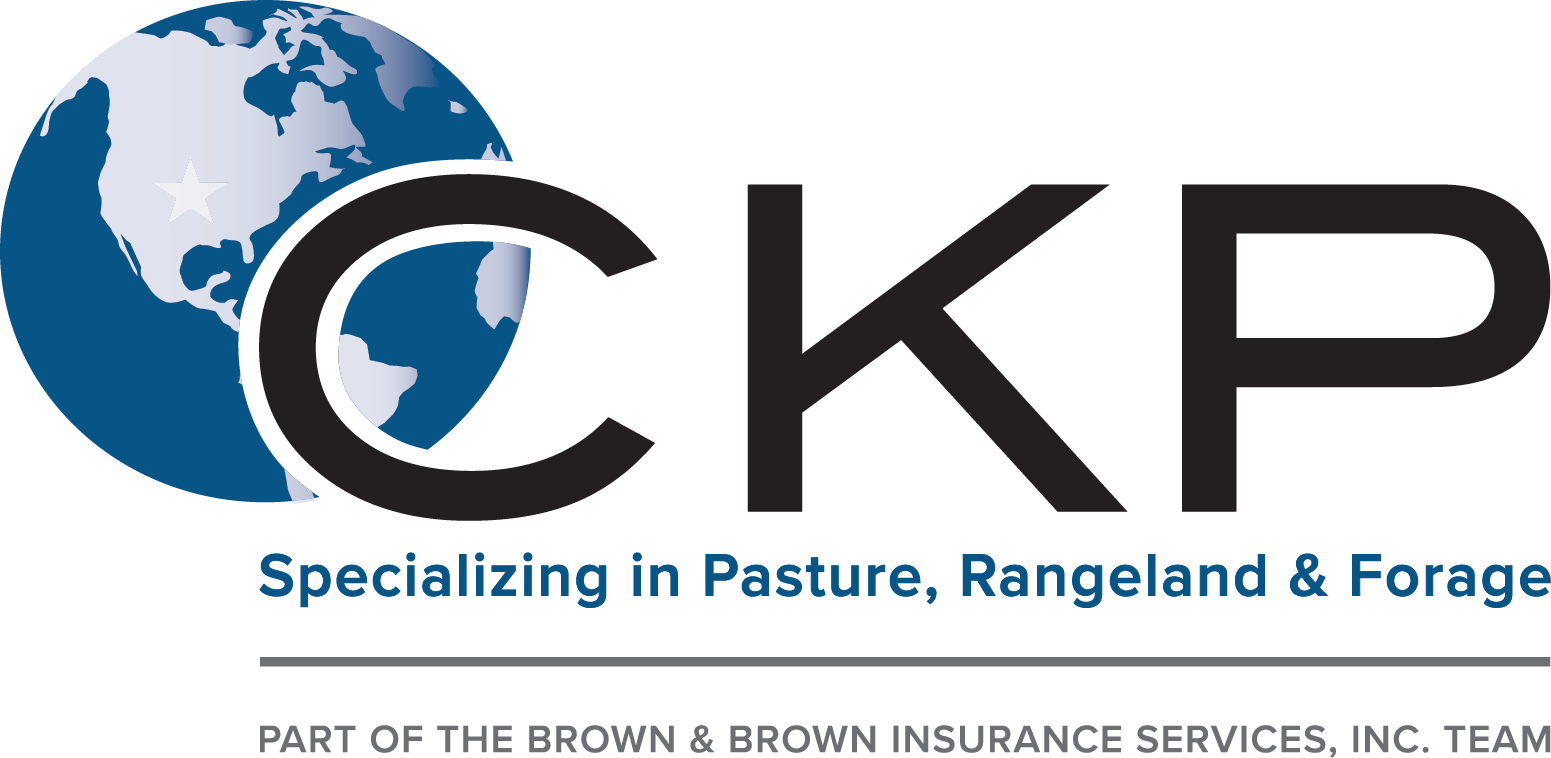Expert Assistance on Threat Evaluation and LRP Insurance Coverage Solutions

The Significance of Danger Assessment
Reliable threat assessment is fundamental in the decision-making process of any type of company, directing calculated planning and source allowance. By systematically recognizing, assessing, and focusing on possible risks, companies can anticipate obstacles, profit from possibilities, and make educated options to accomplish their objectives. Risk evaluation allows companies to proactively attend to vulnerabilities, reduce dangers, and enhance their risk monitoring strategies.
One of the vital advantages of threat evaluation is its role in improving functional performance. By understanding the potential dangers that can affect various aspects of the company, organizations can improve procedures, allocate resources much more efficiently, and decrease the chance of expensive disturbances. Danger analysis enables companies to comply with governing needs, secure their credibility, and build trust fund with stakeholders.
Understanding Potential Losses
To understand the impact of threat assessment, it is necessary to understand the prospective losses that can dramatically influence a company's procedures and financial security. Prospective losses can occur from numerous resources, consisting of all-natural catastrophes, financial declines, functional failures, regulative changes, and cybersecurity violations. These losses can result in straight expenses such as property damages, legal costs, and fines, in addition to indirect expenses like reputational damage and loss of market share.
Comprehending potential losses includes performing a detailed evaluation of the threats that might materialize and estimating the monetary effect they might carry the company. By evaluating these possible losses, companies can prioritize risk reduction initiatives and allot resources properly. A thorough understanding of prospective losses allows companies to make educated decisions when selecting risk administration methods, such as purchasing insurance coverage or executing threat control measures.
Fundamentally, by identifying and understanding possible losses, organizations can proactively manage risks and protect their lasting sustainability and success.
Duty of LRP Insurance Policy Solutions
The assimilation of LRP insurance coverage services within an organization's threat monitoring framework boosts resilience and strengthens financial stability versus unforeseen hardships. LRP, or Loss Healing Item, insurance services play a crucial function in mitigating the effect of possible losses by giving monetary security and support in times of situation. These insurance coverage options are tailored to meet the particular demands of organizations, supplying coverage for various dangers such as property damage, business disturbance, obligation cases, and a lot more.
By moving the monetary danger to an insurance policy provider, companies can concentrate on their core operations with higher tranquility of mind, knowing that they are secured versus substantial financial losses. Additionally, LRP insurance solutions can improve an organization's threat administration technique by supplementing existing threat mitigation steps and making certain detailed defense across all locations of possible vulnerability.
Identifying Secret Dangers
In the procedure of danger evaluation, a crucial step includes recognizing vital dangers that have the possible to influence a company's procedures and economic stability. Determining crucial risks needs a thorough examination of internal and outside variables that might posture dangers to the company's goals. Interior dangers may include functional ineffectiveness, conformity problems, or personnel challenges, while exterior risks might include economic slumps, regulatory modifications, or all-natural disasters.

Moreover, crucial threats need to be frequently evaluated This Site and upgraded to align with the vibrant business atmosphere. This aggressive method enables organizations to remain ahead of prospective dangers and guard their long-lasting success.
Picking the Right Protection
Having actually recognized the key dangers that could affect a company's procedures and monetary stability, the next critical action includes very carefully selecting the appropriate insurance coverage to properly handle and minimize these risks. When it comes to choosing the right insurance coverage, organizations require to consider their certain threat direct exposure, financial capabilities, and strategic purposes. It is vital to perform a detailed evaluation of the check my blog offered insurance policy alternatives to guarantee that the picked coverage aligns with the organization's risk management objectives.

Organizations needs to function very closely with knowledgeable insurance specialists to analyze their risk accounts and recognize one of the most ideal insurance coverage items to address their needs. Customizing insurance policy coverage to particular threats can assist maximize defense while lessening unnecessary costs. Additionally, companies should examine plan terms in information to recognize the degree of protection supplied and any type of possible exclusions that may affect their risk reduction strategies.
Verdict
In final thought, threat evaluation is important in determining possible losses and picking the best LRP insurance coverage remedies. Expert guidance can assist browse the complexities of threat analysis and insurance options, offering businesses with the essential devices to successfully take care of and minimize dangers.
Specialist assistance plays an essential duty in this procedure, using beneficial understandings into identifying and examining threats, as well as strategically choosing ideal insurance policy protection tailored to reduce those risks properly. An extensive understanding of possible losses allows companies to make enlightened choices when picking risk management techniques, such as purchasing insurance policy protection or applying risk control measures.
